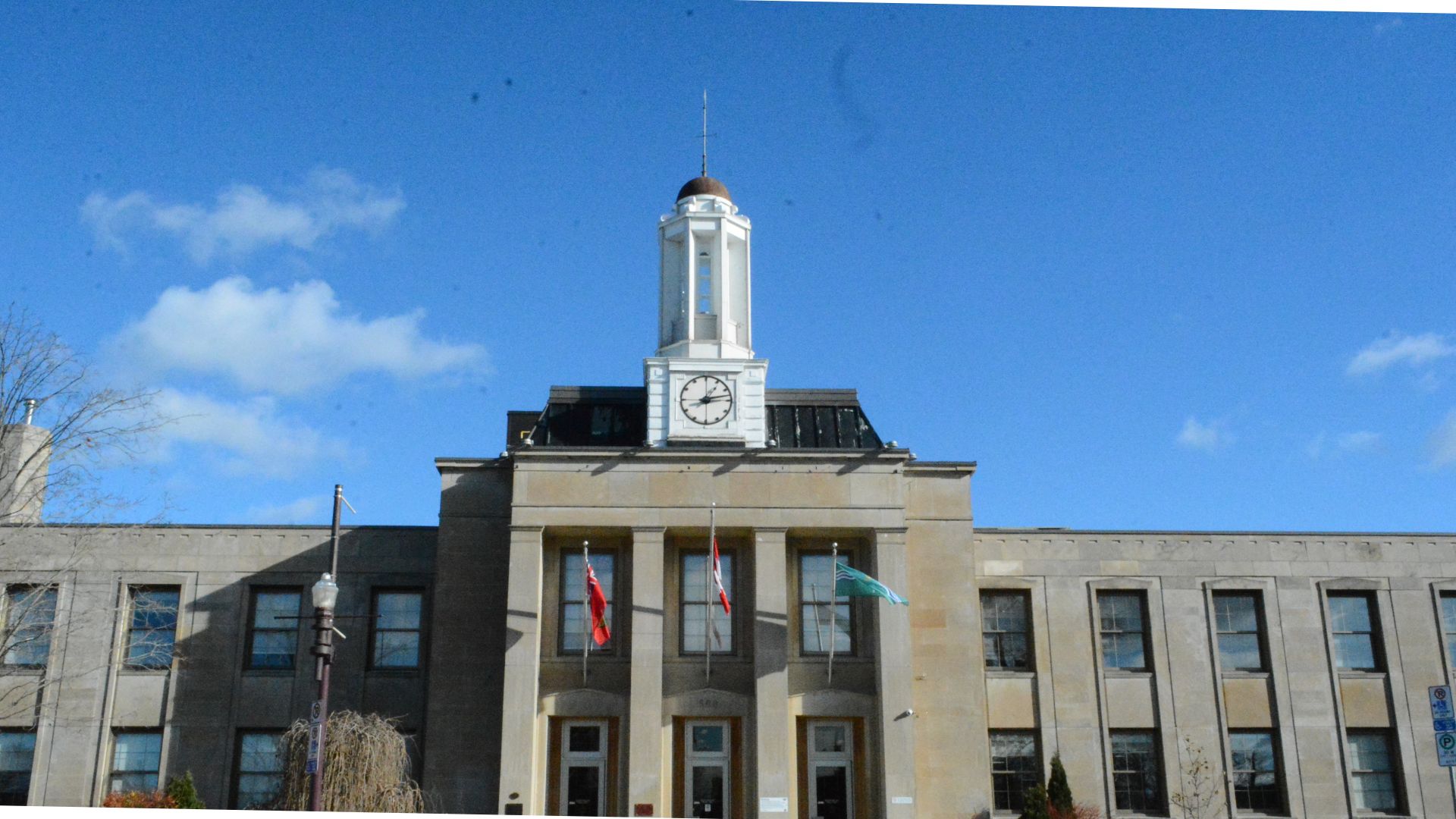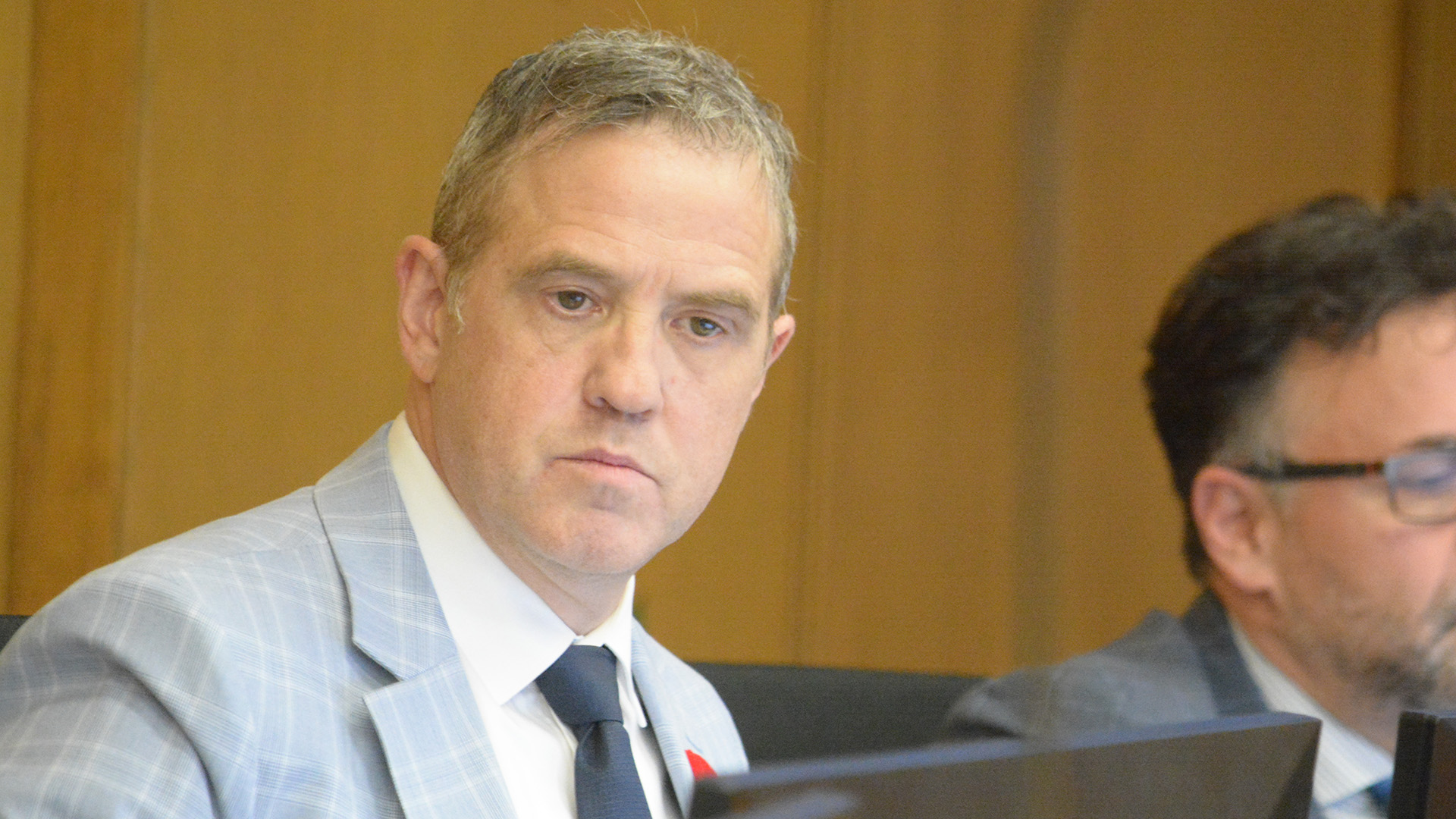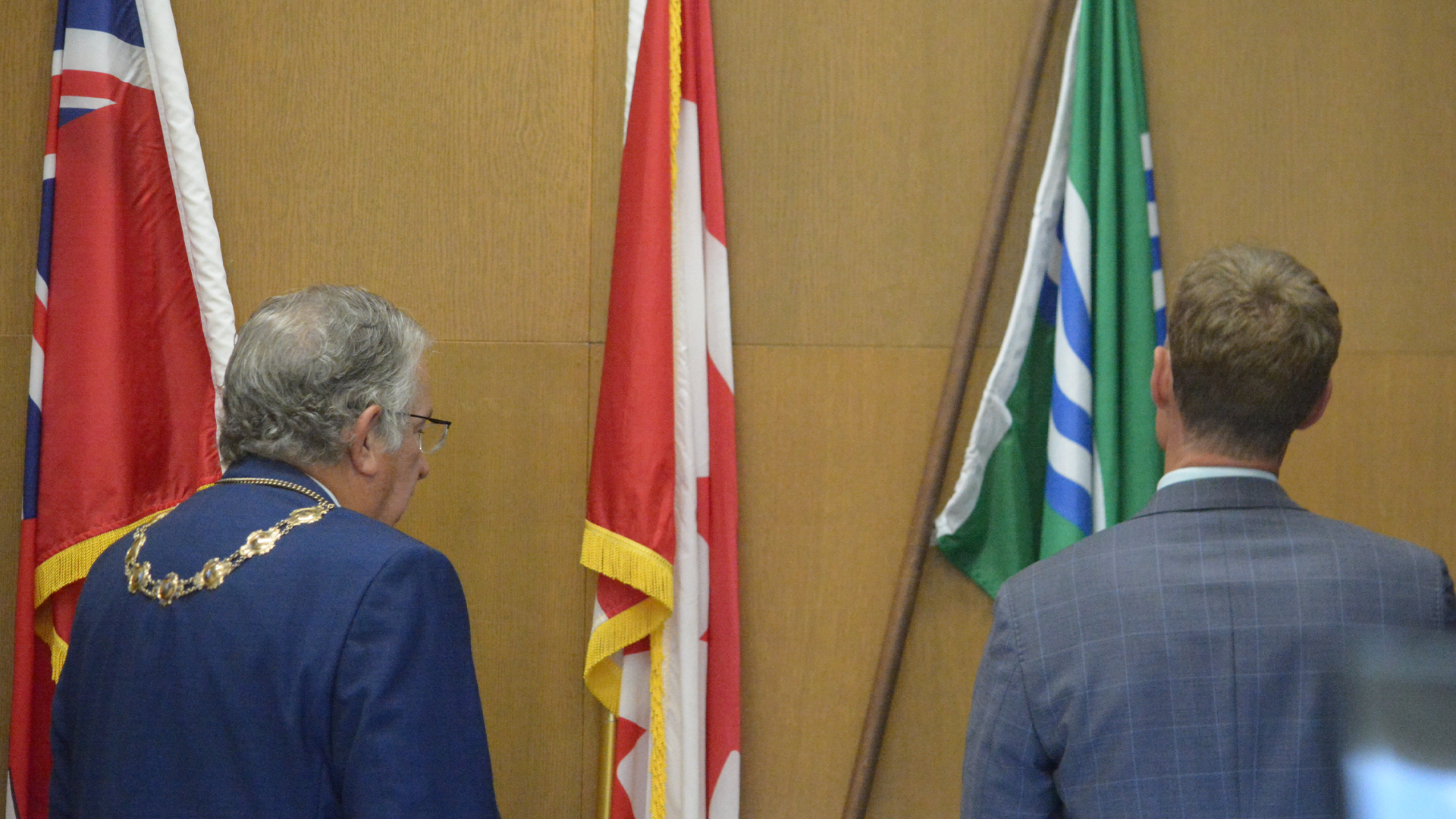Chains Across the Border is a panel discussion focusing on prison policy, policing and how these issues apply in local, national and international contexts.
The panel will feature perspectives from several various groups, scholars and activists who will bring specialized information and critical perspectives to the table.
End Immigration Detention Network Peterborough (EIDN PTBO) has been in the press a lot lately here because of the immigration detentions that happen so often here at Central East in Lindsay.
The United Nations (UN) has identified immigration detention as a human rights violation.
“The inability of a state party to carry out the expulsion of an individual does not justify detention beyond the shortest period of time or where there are alternatives to detention, and under no circumstances indefinite detention,” stated the UN high commissioner for the Human Rights’ Working Group on Arbitrary Detention, regarding the situation in Canada.
Immigration detention is a situation where people who have not committed any crime beyond immigration violation, or people who have committed a crime that would have served a sentence and been released if it were not for their immigration status, are held.
They are often held indefinitely without any access to lawyers or legal aid. EIDN PTBO is a group that works with people who are incarcerated in that facility.
“It’s a really interesting discussion which will allow audience members to get a real perspective on what’s happening behind the walls of that facility that most of us don’t usually have the opportunity to visit,” Jeremy Milloy, assistant professor for the School for the Study of Canada commented.
Gillian Balfour, a professor of sociology at Trent University will also be speaking, bringing intersectional feminist perspectives to academic criminological discourse, as well as insights into the functions of the criminalization in Canada.
Milloy pointed out that in the last decade and a half, the justice system has lost its leeway when dealing with charged and convicted individuals. He also shared that crime rates today are the lowest in Canada since the 1960s, but the rate of incarceration is the highest.
“We also need to consider that these are very heavily racialized statistics. Indigenous peoples make up a far higher percentage of our prison population than they would normally, for example,” said Milloy, also commenting on how the recent change of government should yield policy improvements.
“We have a new government; we have a chance to revisit these policies. Where are we going with this? What are our goals for crime, punishment, treatment, trauma, incarceration, prisons, and policing in Canada? This is a good chance to start asking these questions.”
The last panelist is Marie Gottschalk, a professor who specializes in American politics, with a focus on criminal justice, health policy, race, and development of the welfare state and business-labor relations in the Political Science Dept. at the University of Pennsylvania.
Gottschalk is one of the foremost expert and critic of the prisons and policing system in the U.S.
Her book “Caught: The Prison State and Lockdown of American Politics” was published last year, and focuses on how the prison-state has “metastasized” and locked down American politics.
Entire other sectors of the American political system, such as education, voting rights and healthcare are being affected and shaped by the fact that so many people are in jail, under supervision or have criminal records.
American unemployment rates are also skewed by the fact that people are in jail.
She pointed out that this prison system has to be understood in its totality if we’re going to do anything about it.
Milloy added that after half a century of focusing on incarceration, the U.S. is looking at alternatives for convicted persons. He described that Barack Obama was the first president to visit a federal prison when he did so last year.
“There’s discussion on both the left and the right for various reasons; primarily race and primarily about finances on ending this era of mass incarceration. There seems to be a moment of reconsideration in the United States at the exact same time as we’ve been moving in a very American direction in our policy.”
He encouraged the perspective that Gottschalk will bring with her talk.
“A policy focused purely on the black/white disparities in politics is not going to be able to deal with the totality of the system. The financial feasibility of supporting mass incarceration can go either way; it is an argument that can be abandoned if the economy gets better.”
According to Gottschalk, there are a slew of reasons for disparities in incarceration, beyond racism, that need to be considered before trying to tear down the philosophy of incarceration.
“This is a really amazing opportunity, we have people who are amazing activists on this panel, people who are world class scholars on these issues coming together, which is really exciting. Anyone who is interested on prisons, policing, why we lock so many people up, what alternatives might be, will be really interested in this event,” Milloy concluded.
Chains Across the Border will be taking place at the Peterborough Public Library on April 7, at 7:30p.m. This is a free event that will be followed by a Q&A period. The Peterborough Public Library is an accessible space.


.png)


.jpg)


.jpeg)



.jpg)

.jpg)









.png)